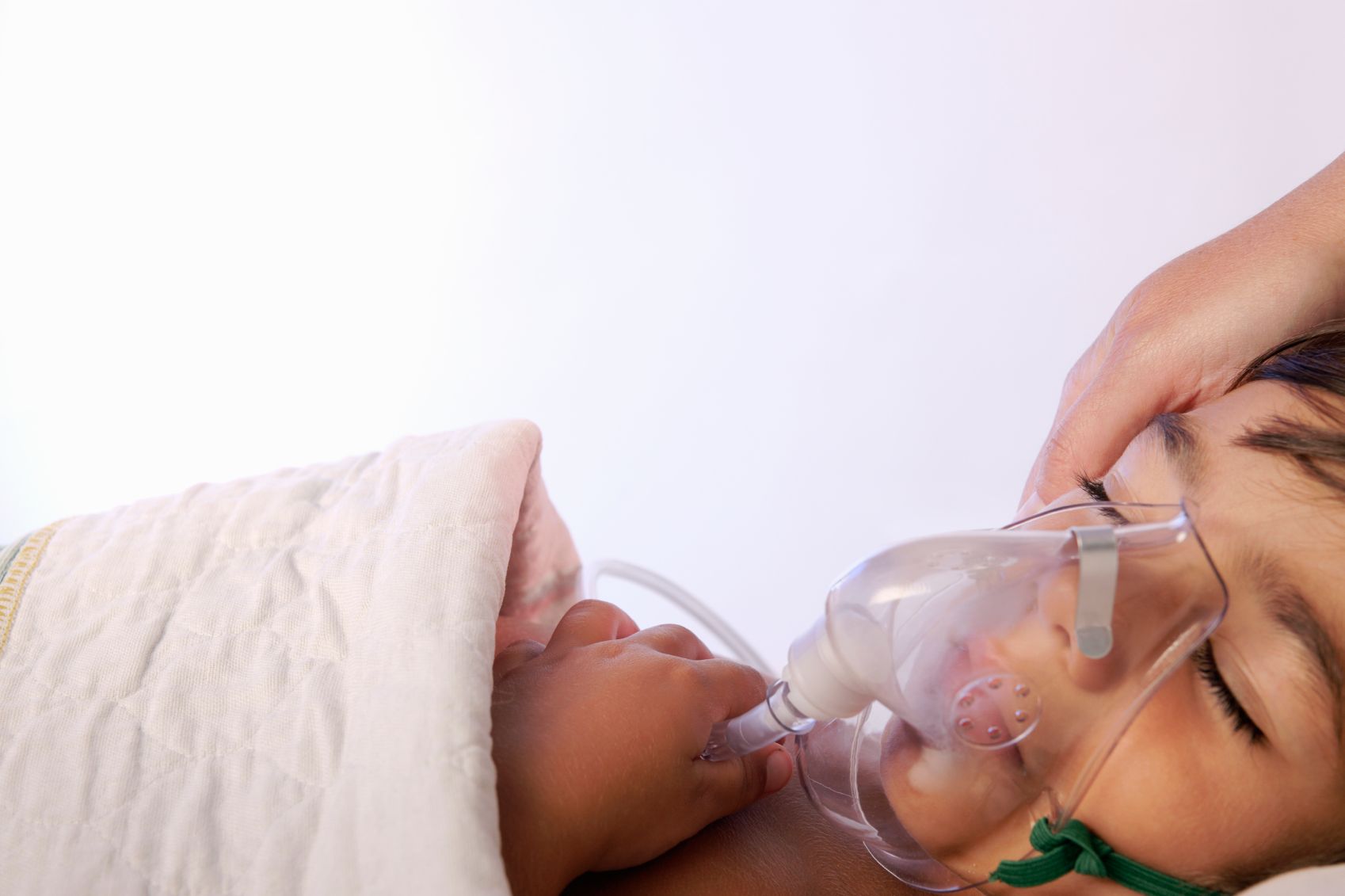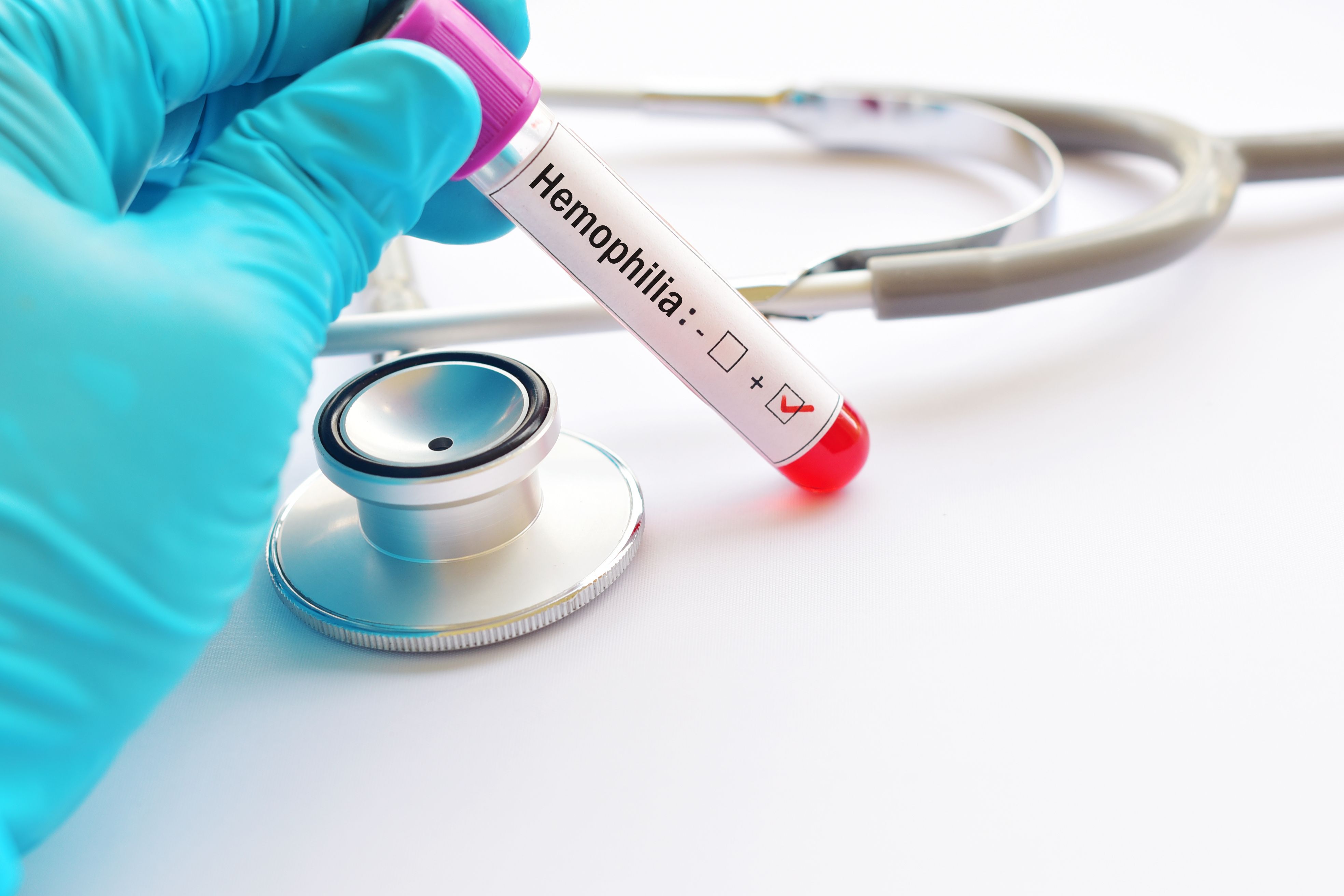News
Article
Factors That Increase the Risk of Long COVID in Children
Author(s):
More symptoms, older age, and longer hospitalization time increased the risk of post–COVID-19 conditions, aka long COVID, in children.
This article originally appeared on ContagionLive®.
Post-acute sequelae of COVID-19, also known as post–COVID-19 conditions or long COVID, are a growing cause for concern. Beating COVID-19 is unfortunately no longer limited to surviving the infection, as lingering symptoms like shortness of breath, fatigue, and more can severely hinder one’s quality of life.
Children, once erroneously believed to be protected from the worst of COVID-19, have been experiencing more severe disease with the rise of the Omicron variant. One study, published in JAMA, examined the proportion of children who contracted COVID-19 and reported post–COVID-19 conditions (PCC) 90 days after visiting an emergency department (ED).
This prospective cohort study ran from March 7, 2020, to January 20, 2021, drawing on indexing data from 36 EDs in 8 countries.
The study enrolled 8642 children, and this was narrowed down to 1884 children who contracted COVID-19, had ED indexing data available, and completed a 90-day follow-up. The cohort was 52.8% male and the average age was 3 years.
The investigators defined PCC as any persistent, new, or recurrent relevant health problems reported in the 90-day follow-up survey.
Children who were hospitalized at least 48 hours, had 4 or more symptoms, and were 14 years or older were more likely to experience long COVID.

Upon ED indexing, the most common symptoms were fever (65.9%), cough (48.7%), and rhinorrhea or congestion (47.4%).
After 90 days, a total of 5.8% (n = 110) of patients reported PCCs, including children who both were and were not hospitalized during acute illness. Among the children positive for COVID-19, the most common symptom was fatigue or weakness.
The factors most indicative of long COVID included being hospitalized for at least 48 hours (compared with the children who were not hospitalized at all), having 4 or more symptoms reported at the index ED visit (compared with 1-3 symptoms at indexing), and being 14 years or older (compared with children younger than 1 year).
The children who were still testing positive for COVID-19 were more likely to report long COVID symptoms at 90 days than the children who tested negative.
The investigators noted that guidance and follow-up are especially important for hospitalized children who are older and have multiple acute symptoms.
“Reported rates of long COVID in adults are substantially higher than what we found in children,” said Nathan Kuppermann, MD, MPH, a coprincipal investigator from the University of California Davis School of Medicine. “Our findings can inform public health policy decisions regarding COVID-19 mitigation strategies for children and screening approaches for long COVID among those with severe infections.”
Newsletter
Stay ahead of policy, cost, and value—subscribe to AJMC for expert insights at the intersection of clinical care and health economics.





